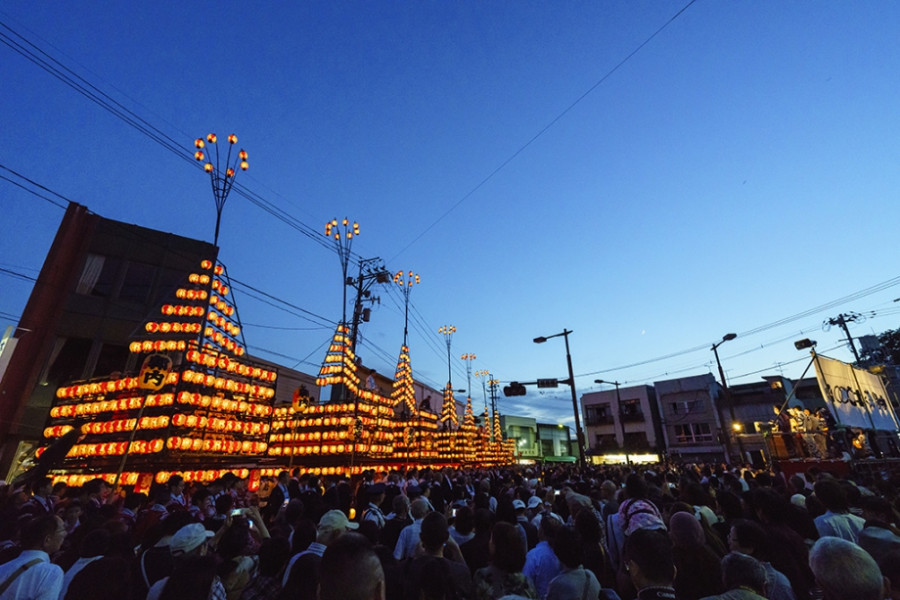
The Great East Japan Earthquake and Nuclear Disaster Memorial Museum
The Great East Japan Earthquake and Nuclear Disaster Memorial Museum (東日本大震災・原子力災害伝承館, often referred to in Japanese only as ‘Denshokan’ [伝承館]) is located in Futaba town, in the coastal area of Fukushima prefecture.Through exhibitions, storytelling, research and interactive displays, visitors can learn about this area before, during and after the disaster, deepen their understanding of the revitalization of Fukushima and the decommissioning of the TEPCO Fukushima Daiichi Nuclear Power Station, as well as listen to testimonies of residents.This museum shows how Fukushima has dealt with a complex and unprecedented disaster and its ongoing consequences, and communicates lessons for the future on the importance of disaster prevention and mitigation.The museum opened in September 2020 and has about 200 items related to the The Great East Japan Earthquake, tsunami and nuclear disaster on permanent exhibition.Exhibits include explanations in both English and Japanese.Located near the museum is the Futaba Business Incubation and Community Center.



